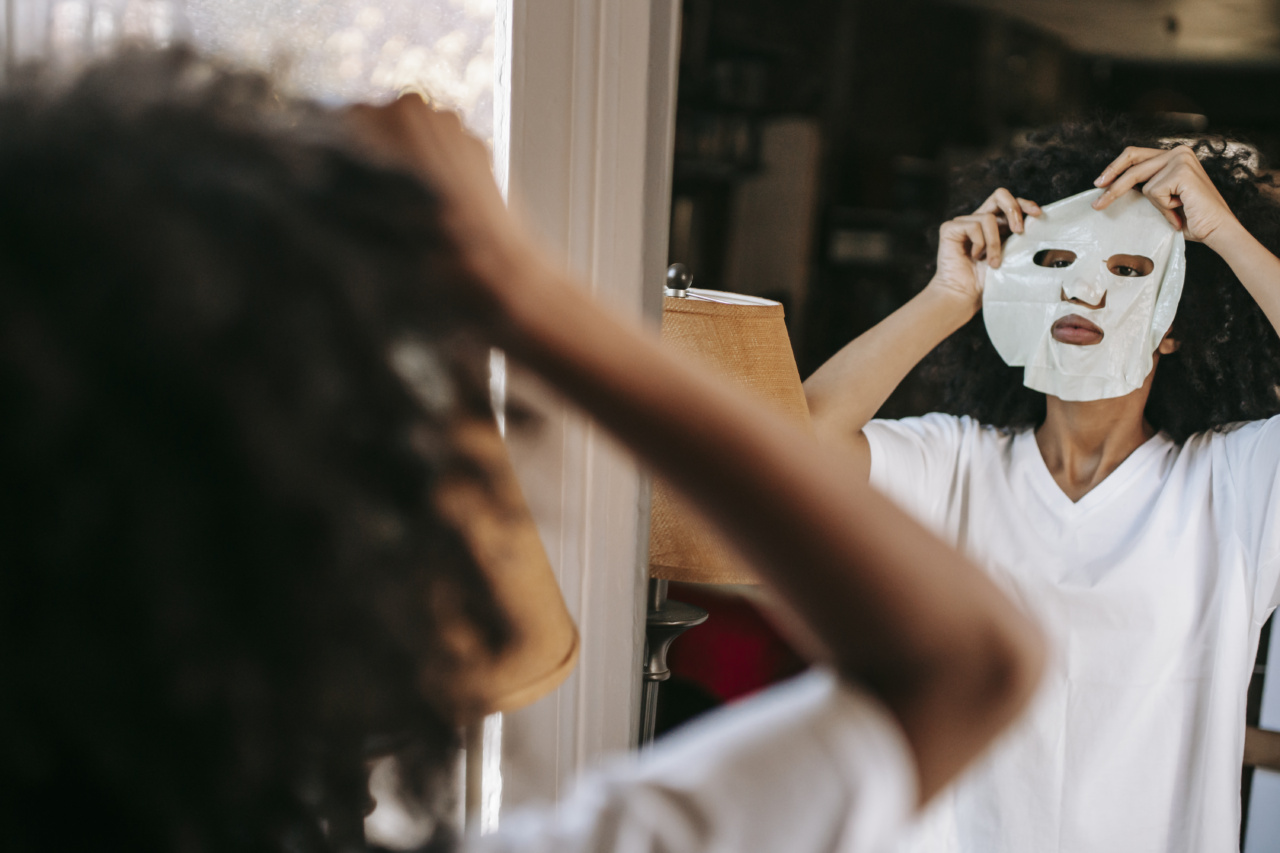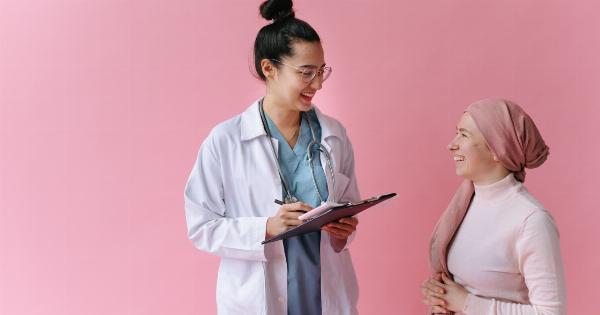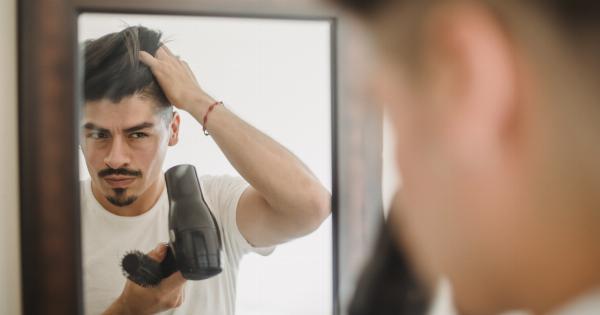Hair loss can be a common concern for athletes due to a variety of factors, including intense physical activity, nutritional deficiencies, hormonal imbalances, and stress.
Losing hair can not only affect an athlete’s appearance but also have a negative impact on their confidence and self-esteem. However, there are several effective ways to treat and prevent hair loss in athletes. This article explores these methods in detail and provides valuable insights for athletes looking to maintain a healthy and voluminous head of hair.
1. Maintain a Balanced Diet
Proper nutrition is vital for overall health, including hair health. Athletes should focus on consuming a balanced diet that includes essential vitamins and minerals such as biotin, zinc, iron, and vitamin E.
These nutrients promote hair growth and strengthen hair follicles. Foods rich in these nutrients include eggs, nuts, leafy greens, fish, and lean meats. It is also beneficial to incorporate fruits and vegetables, as they provide antioxidants that combat oxidative stress, a leading cause of hair loss.
2. Hydrate, Hydrate, Hydrate
Adequate hydration is crucial for maintaining optimal hair health. Athletes should ensure they consume enough water throughout the day to support hair follicles and prevent dryness.
Water helps transport essential nutrients to the scalp and regulates body temperature, promoting a healthy environment for hair growth. It is recommended to drink at least eight glasses of water daily, or more depending on individual activity levels.
3. Avoid Excessive Heat and Chemical Treatments
Repeated exposure to heat styling tools and chemical treatments can damage hair and lead to breakage. Athletes should minimize the use of hair dryers, straighteners, and curling irons, as they can weaken hair strands.
Additionally, chemical treatments such as perming, relaxing, or coloring should be approached with caution. If possible, opt for natural hairstyles and limit the use of harsh chemicals to prevent hair damage and loss.
4. Manage Stress Levels
Stress can significantly impact hair health and contribute to hair loss in athletes. The demands of training, competition, and performance expectations can create high-stress levels, which may disrupt the hair growth cycle.
Implementing stress management techniques such as regular exercise, meditation, deep breathing exercises, and relaxation techniques can help alleviate stress symptoms and support healthy hair growth.
5. Use Gentle Hair Products
Choosing the right hair products can play a vital role in preventing hair loss. Athletes should opt for gentle shampoos and conditioners that do not contain sulfates, parabens, or harsh chemicals.
These ingredients can strip the hair of its natural oils and cause dryness, leading to hair breakage and loss. Look for products that are specifically formulated to promote hair strength and growth.
6. Treat Underlying Medical Conditions
In some cases, hair loss in athletes may be a result of underlying medical conditions such as hypothyroidism or alopecia areata.
If hair loss persists despite following the aforementioned preventive measures, it is essential to consult a healthcare professional or a dermatologist. They can assess the underlying cause and provide appropriate treatment options to address the specific condition.
7. Consider Nutritional Supplements
In addition to a healthy diet, certain nutritional supplements can aid in maintaining hair health. Biotin supplements, for example, are known for their ability to strengthen hair and promote growth.
Other supplements such as fish oil, vitamin D, and saw palmetto extract may also have beneficial effects on hair loss. However, it is important to consult a healthcare professional before starting any supplementation regimen to ensure suitability and proper dosage.
8. Protect Hair from Environmental Factors
Environmental factors such as pollution, UV rays, and harsh weather conditions can damage hair and contribute to hair loss. Athletes should take measures to protect their hair when exposed to these elements.
Wearing a hat, using a protective spray, or tying hair up in a loose bun or braid can create a barrier and minimize exposure to damaging factors.
9. Avoid Tight Hairstyles
Tight hairstyles such as ponytails, braids, buns, and cornrows can cause excessive tension on the hair follicles, leading to traction alopecia. This condition occurs when hair is consistently pulled, causing it to weaken and eventually fall out.
Athletes should opt for looser hairstyles to minimize tension on the hair and promote healthy hair growth.
10. Seek Professional Hair Loss Treatments
If hair loss persists or worsens despite implementing preventive measures, seeking professional hair loss treatments can be an effective solution.
Hair loss specialists can offer treatments such as minoxidil, hair transplantation, or low-level laser therapy to promote hair regrowth. These treatments are tailored to the individual’s specific needs and can help athletes regain their confidence by restoring a full and healthy head of hair.

























